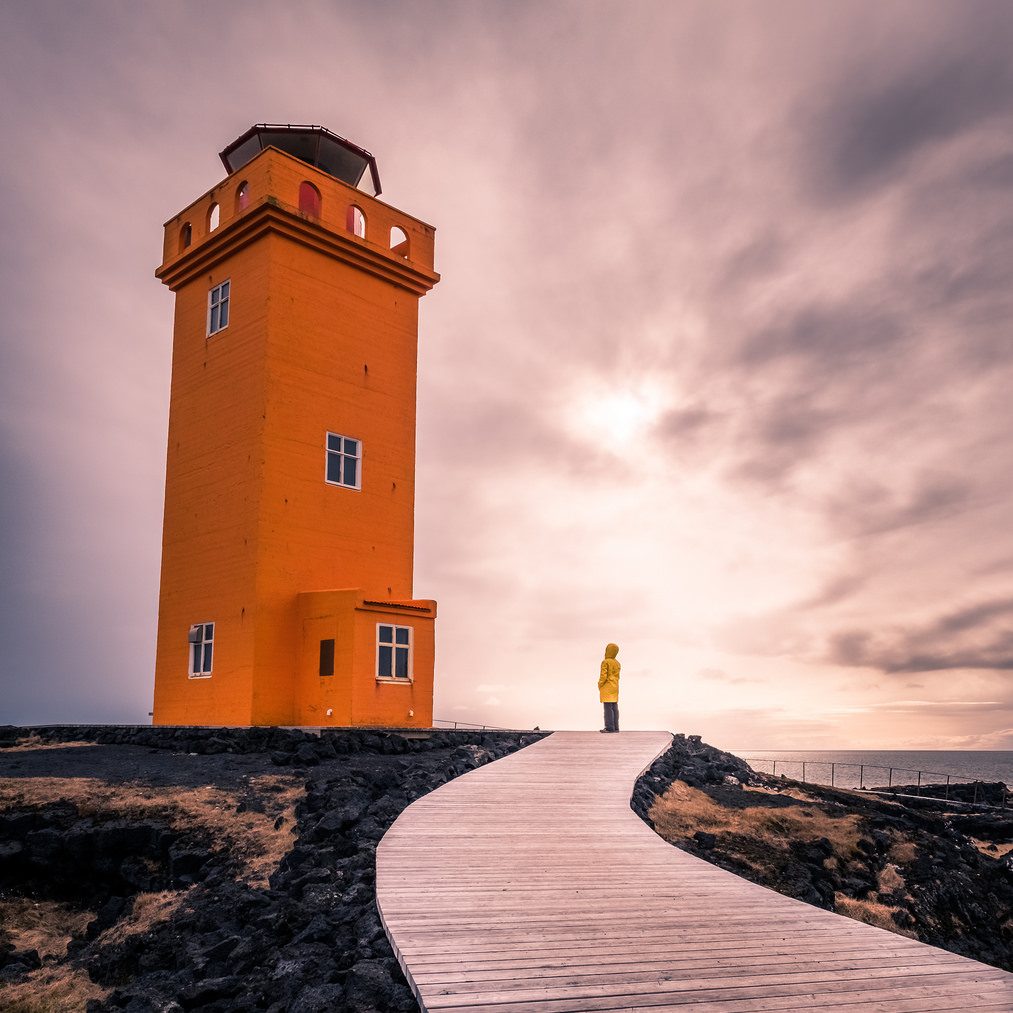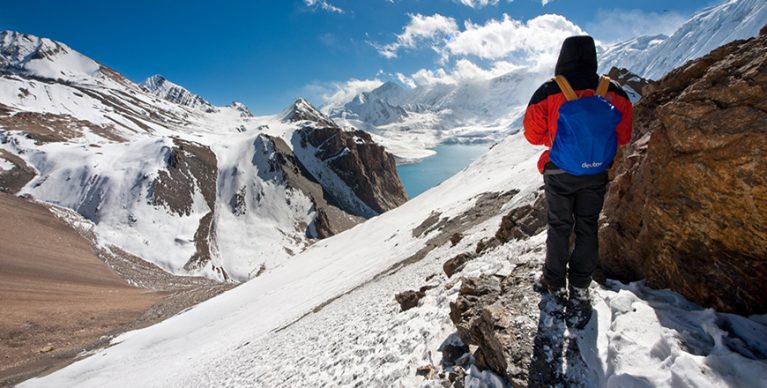The Bodhanath Stupa, just outside of Kathmandu, is one of the largest stupas of its kind in the world, and dates to sometime around the 6th century, possibly even earlier. Like Bhaktapur, it lies on the old trade route to Tibet and is an UNESCO World Heritage Site. The stupa sustained minor damage during the 2015 earthquake but is otherwise in good condition. The stupa itself is a symbol of enlightenment but at Boudhanath the symbolism is particularly clear. Each different shape represents one of the five elements, earth, water, fire, air, and sphere, which are also the attributes of the five Buddhas. Brought together in the form of the stupa, their unity reflects in abstract fashion the structure of the universe itself.
Advices : Take your time. It is not a race and nobody is judging how quickly you get up the hill. Acclimatize properly, drink plenty of water and if you need to take an extra rest day. Nobody is going to ask you how long it took you to get to Everest Base Camp, they are just going to be amazed that you did it. Your guide and porter will not mind if you hire them for an extra day or two. They will be glad for the work. Treks are flexible on Everest if you book in Kathmandu or when you arrive in Lukla.
Hydration is Key. If there is one tip that I can give you while in the mountains, it is to make sure that keeping hydrated is one of your top priorities. At higher levels of altitude, your body will dehydrate much quicker than it will at sea level, and you will have to make sure you are drinking plenty of water to compensate. I would recommend that you are drinking around five liters of water throughout the day while in the mountains. This is where the different types of water bottles come in handy. My routine in the mountains with regards to water is generally the same daily. Every evening, before I go to bed, I would fill up my Nalgene bottle full of boiling hot water and that bottle would immediately go into my sleeping bag to keep my feet and body toasty in my room while I sleep, and then, as that water had been boiled, I would be able to wake up in the morning and immediately begin drinking. I would hope to finish that bottle before we left for the day’s trek, then try and drink another three liters while walking and another one liter at least when we get to the next tea house that afternoon/evening. This process of drinking five liters of water a day can be daunting to many, but I find it to be essential to people’s success in the mountains. More details at Everest base camp trek.
Top tips : Take your time. It is not a race and nobody is judging how quickly you get up the hill. Acclimatize properly, drink plenty of water and if you need to take an extra rest day. Nobody is going to ask you how long it took you to get to Everest Base Camp, they are just going to be amazed that you did it. Your guide and porter will not mind if you hire them for an extra day or two. They will be glad for the work. Treks are flexible on Everest if you book in Kathmandu or when you arrive in Lukla.
Go with an Established Tour Company – You probably think I threw this in here just to give our own company a plug so it’s probably better to relate it with a story. My aunt went on a trek to Everest a few years back and decided not to use our company because it cost $50 more than the independent guide she found. Everything went well until she got back to Lukla where bad weather was limiting the number of flights going out. Our good relationships with the locals meant we were able to get our clients on some of the flights. On the other hand, my aunt was stuck for 2 days and missed her international flight making that $50 look like a lot less of a bargain. She told me this after the fact otherwise I would have tried to help but it’s a good story since it highlights how important having good local relationships is and it’s just one way of many an established company can add value.
The trekking company was founded over a decade ago, and has been wowing clients ever since. The company is owned by Babu Karki, a travel enthusiast with over 20 years of experience in trekking the mountainous country of Nepal. With a team of 16 professional guides and 20 trekking porters, Babu and his team help you delve in the awe-inspiring scenery and epic treks through the mighty Himalayas, picturesque valleys, and blooming rhododendron forests. Experience the best of snow-capped mountain views and local culture, cuisine, lifestyle, and all that contributes to Nepal’s unique identity. More details on https://www.adventuregreathimalaya.com/.

